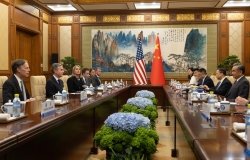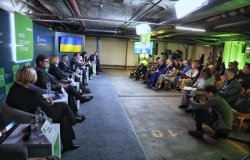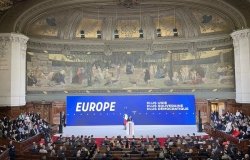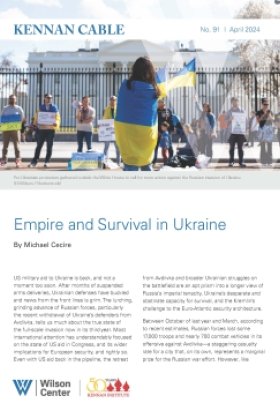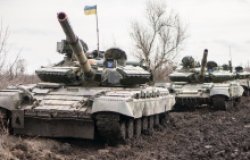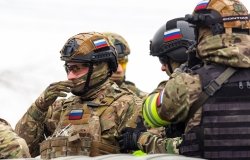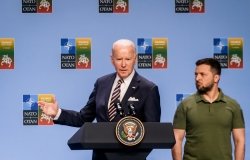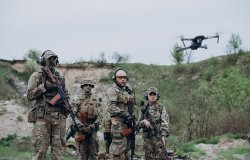The Counter-Terrorism Puzzle: A Guide for Decision Makers
with Boaz Ganor, Deputy Dean, Lauder School of Government and Executive Director, International Policy Institute for Counter-Terrorism (ICT), Interdisciplinary Center, Herzliya, Israel
Overview
This meeting, jointly sponsored by the Woodrow Wilson Center's Division of International Studies, the RAND Corporation, and the U.S. Army's Eisenhower National Security Series, was part of an ongoing series on terrorism and homeland security. Dr. Ganor provided an overview of his new book, The Counter-Terrorism Puzzle: A Guide for Decision Makers (Transaction Publishers).
Dr. Ganor stated that the terrorist threat posed by Islamic extremist groups, such as Al Qaeda, pose the greatest threat of the modern era – greater even than that of the Soviet Union during the Cold War notwithstanding its thousands of nuclear weapons.
The global jihadist threat has several characteristics. First, the adherents of this movement have created an international network, one whose origins can be traced to the end of the decade-long war starting in 1979 to expel the Soviet Union from Afghanistan. When that war ended in the late 1980s, the foreign fighters in Afghanistan split into three groups. One stayed in Afghanistan and was recruited by Osama bin Laden to become the nucleus of Al Qaeda. A second group returned to their home countries in the Muslim world and joined local radical Islamic groups. A third group of Afghan veterans, those who could not return to their home countries, received political asylum in the United States and Europe. One such individual was the so-called "Blind Sheik," Omar Abdul-Rahman, who was convicted of masterminding the first bombing of the World Trade Center in 1993.
The second characteristic of the global jihadists is that they are motivated by an extreme religious ideology. They characterize their struggle as a divine defensive war directed not just at the United States and the West (as the objectionable purveyors of modernity), but also at secular regimes (e.g., Turkey, Egypt) within the Muslim world itself. Osama Bin Laden sees this war as unfolding in three phases – first, in the immediate Middle East region; second, in the states surrounding that geographical nucleus (such as Turkey and the Philippines); and third, in the United States and the West more broadly. Bin Laden's objective in launching the 9/11 attacks was to compel the United States to withdraw from the Middle East region to facilitate the achievement of phase one.
The third characteristic of the jihadist movement is that it has seized on a dangerous and successful tactic – suicide bombing. Suicide attacks are, in effect, "smart bombs." In Israel, suicide bombings accounted for only .5 percent of the attacks in recent years, but produced 50 percent of the casualties.
The fourth characteristic is that groups such as Al Qaeda would unquestionably employ unconventional capabilities – nuclear, chemical, and biological – should they gain access to them; the only constraint on them is practical and technical, not moral or political.
Terrorism can be reduced to a basic two-factor formula – motivation and operational capability. The objective of counter-terrorism, Ganor stated, is to lower both. Experts debate whether or not a "boomerang effect" exists in which military operations to reduce operational capability increase the motivation of terrorists to attack. Some argue that it does fuel such revenge attacks, while others argue that the only constraint on these terrorist groups is their practical ability to mount operations. Ganor, citing examples of each variant, concluded that offensive military campaigns are necessary to reduce operational capabilities, but that this should not be an end in itself, but rather should be seen as creating a window of time to address the core motivations. The aim of this counter-motivation campaign should be to reduce the number of sympathizers in the community who might be drawn to this extremist ideology and jihadist groups.
During the Q&A, discussion focused on the tension between these two objectives – reducing operational capability and motivation – and on whether the resolution of core political grievances in the Middle East region (notably Israel/Palestine and Iraq) would reduce the global jihadist threat.
Robert Litwak, Director, Division of International Studies
Thank you for your interest in this event. Please send any feedback or questions to our Events staff.
